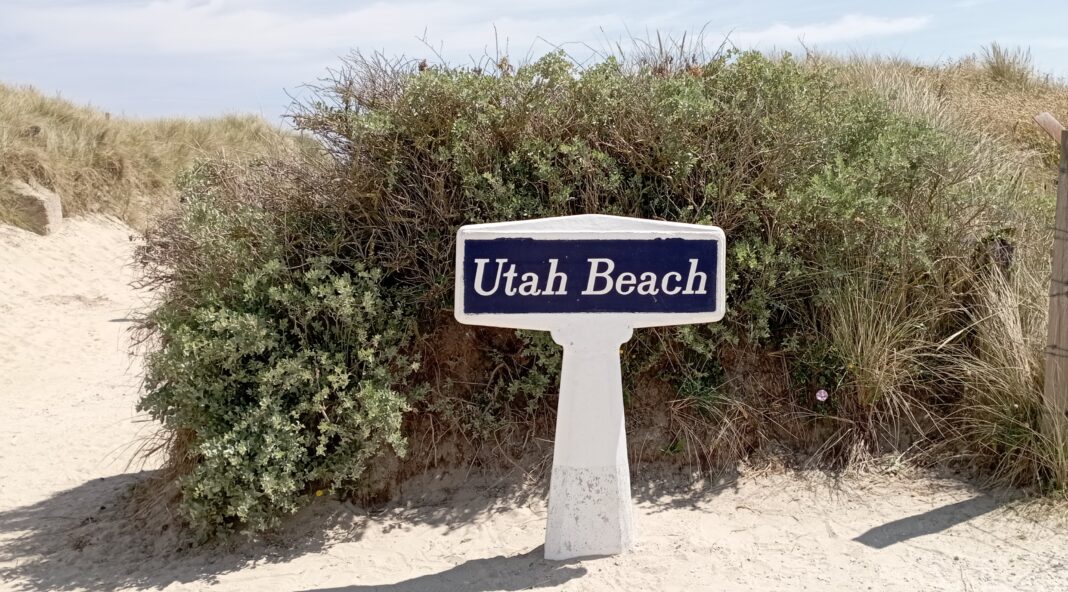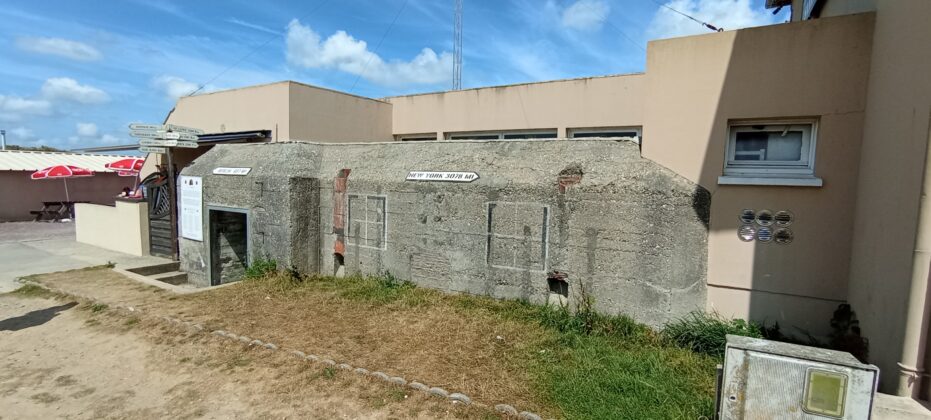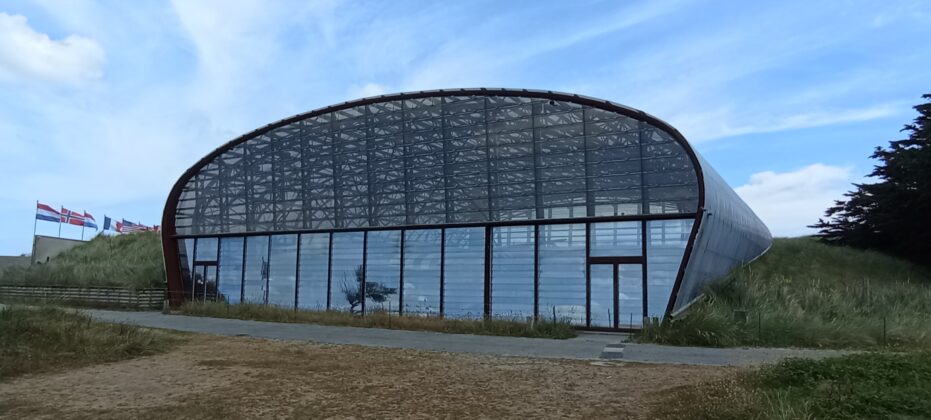Last year I visited Utah Beach whilst on holiday in France, a very moving experience and all around reminders of what had gone before. These photographs taken at the time help to capture some of the poignant history but being there to witness the beach, the tanks, boats and planes which were actually involved in the invasion is an experience I will never forget. The beach and dunes at Utah bear a striking resemblance to our own stunning beaches at Camber, the similarity was uncanny.
The D-Day invasion, code named Operation Overlord, took place 80 years ago on June 6 1944, and included five beach landings along the Normandy coast. The beach locations each had code names: Utah, Omaha, Sword, Gold and Juno. The Americans landed at Utah and Omaha and the British at Gold and Sword whilst the Canadians landed at Juno.

Utah Beach was the westernmost of the five landing areas and the objective of the assault was to seize the deep-water port of Cherbourg as quickly as possible. 21,000 troops from the 4th Infantry Division landed on Utah Beach with a further 14,000 men arriving by parachute and gliders. They suffered around 2,500 casualties. The assault on Utah Beach was judged to be a huge success and by the end of the day the allies had established themselves on shore and could begin the advance into France.

American troops landed on Omaha Beach but failed to take out strong defence points along the coast and it proved difficult to clear obstacles on the beach but by the end of the day were able to gain a small foothold on the beach.

25,000 British troops landed on Gold Beach on June 6, their mission was to capture the town of Bayeux and the Caen to Bayeux road and to connect with the Americans at Omaha. By the end of the day, British troops had advanced 6 miles inland where they joined the Canadian troops who had landed on Juno Beach.
The Canadians assault on Juno was delayed due to rough seas. Juno was heavily defended and there were a high number of casualties but they eventually linked up with the British at Gold Beach.

The British assault on Sword Beach was also delayed due to high tides which made it difficult to land the armoured support needed for the advance inland which meant they initially failed to take the city of Caen which was eventually fully occupied in mid-July.
On D-Day itself a total of 4,414 allied troops were killed and more than 5,000 wounded but in the ensuing Battle of Normandy 73,000 allied forces were killed and 153,000 wounded.
D-Day was the largest amphibious invasion in the history of warfare, a huge success despite heavy losses, enabling more than 160,000 allied troops and 6,000 vehicles to cross the Channel and establish a foothold in France and was considered the beginning of the end of Hitler’s tyrannical regime.
June 6, 2024 marks the 80th anniversary of the D-Day landings along the coast of Normandy, an event which ultimately led to the liberation of Europe. The official international ceremony to mark the occasion will take place on Thursday, June 6, on Omaha Beach.
For more on the local events to mark the 80th anniversary of D-Day click here.
Image Credits: Nick Forman .









